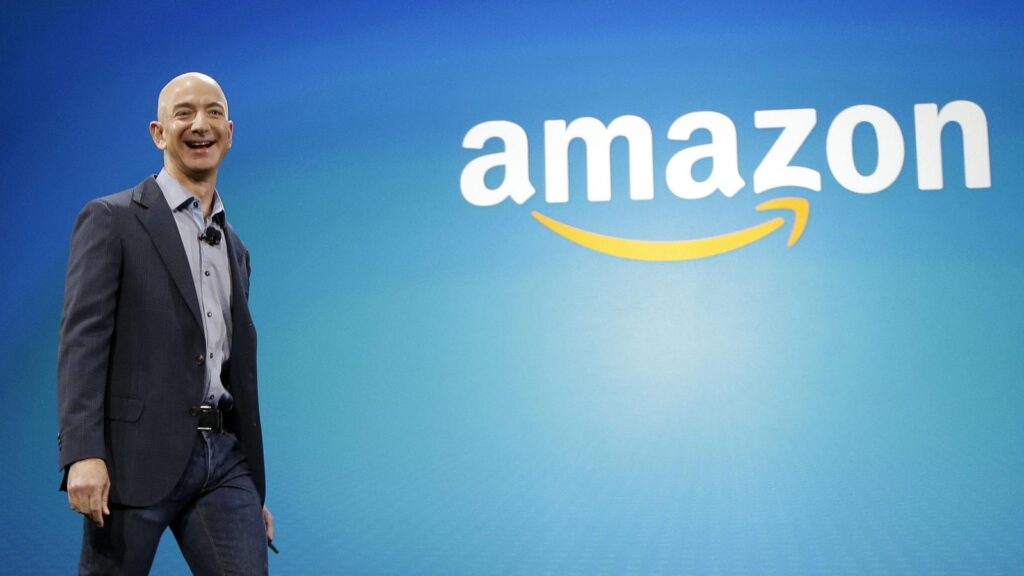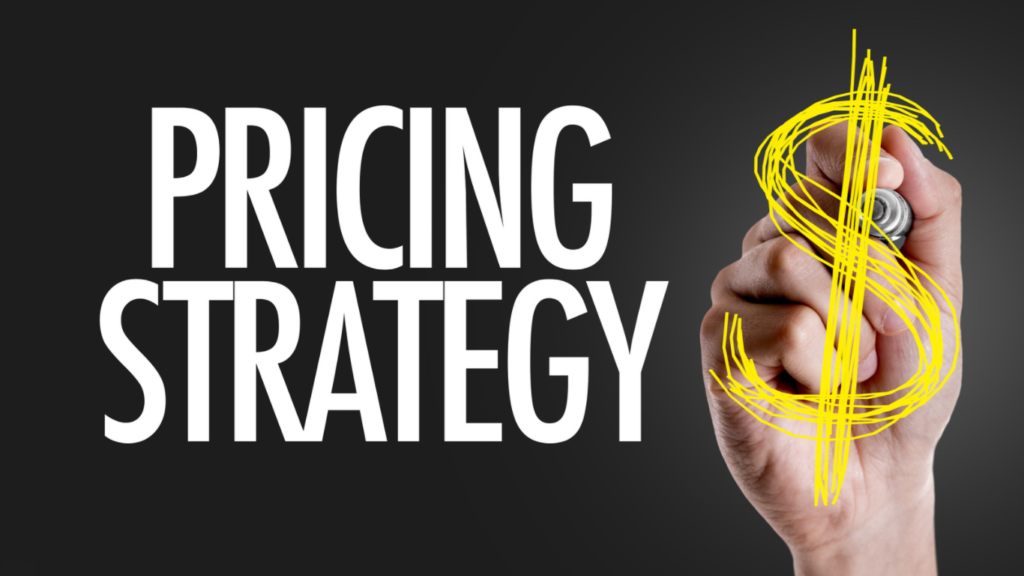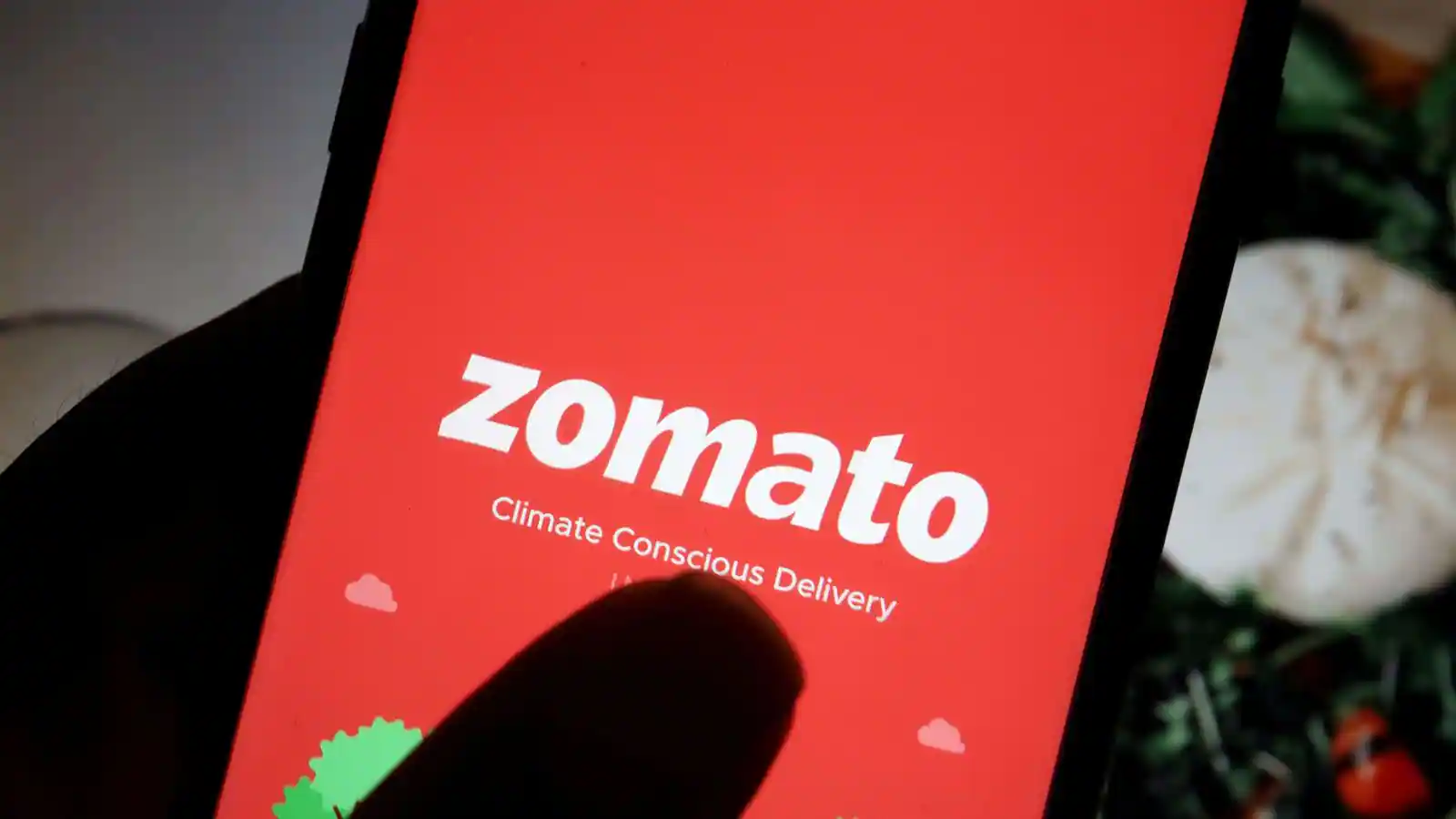Last Updated on 15th December 2021 by
1.History
On the 14th of July 2021, Zomato officially went public. This is by far one of the biggest and perhaps the most awaited IPO of 2021. But as far as the numbers of the company are concerned, Zomato seems to be in deep deep trouble! From 2018 to 2020 while the revenue of the company went from just 65 million to 368 million dollars
during the same time, the losses exploded by 20 times from just 15 million dollars to more than 300 million dollars. And every time Zomato tried to become profitable it has led to nothing but outrage. They first tried to launch Zomato Gold to lock in the customers from going to Swiggy but that lead to massive losses to restaurants which forced them to shut the service down. Then they tried increasing the prices of their dishes but that ended up making the customers unhappy! So from the outside, it almost looks like the company revenue model for a restaurant is stuck in a vicious cycle of cash drain which is leading to nothing but more and more losses. And this is what every single expert and fundamental analyst, more or less, has to say.

2. The Gold Mine
But you know what? There is one very very important factor that very few people are taking into consideration and this factor could turn Zomato into a gold mine and if you only understand this factor you can go on to make the most strategic investments into the food tech space in the next 5 years. The question is What exactly is this X factor and how can Zomato or Swiggy turn into a goldmine investment. The answer to this question lies in a particular case of a Silicon Valley start-up called June. This is a story that dates back to 2013 when June became one of the pioneers to develop something called the smart oven. This oven was so amazing that back in 2013 itself it had a screen for viewing recipes,
could be controlled over Wi-Fi and it was also Alexa-compatible which allowed voice command control back in 2013 itself! The company was doing so well that it was able to raise a series of funding from heavyweight investors.
A. Amazon’s Strategy
And in 2018 June also secured an investment from Amazon Alexa Fund and the company grew rapidly from 2015-2019. And just when everything looked perfect something crazy happened. Just a year later, Amazon launched their own smart oven which had exactly the same features as that of June including Wi-Fi connectivity and Alexa integration.
But the highlight over here was that Amazon Smart Oven was priced at half the price of June Ovens. While June was selling its oven for about $499-$699 amazon’s oven would have cost you only $250 back then and that is how this rising startup became a competitor of its own prime investor and amazon started eating into profits of its own bestseller. Now the story of June is not the only incident. Every year, Amazon unveils hundreds of products
and they have developed an intricate playbook o put every competitor out of business.

And if you look at the procedure as to how exactly this is done, it’s pretty straightforward. Step 1, they find a best-selling product. Use the data from the seller’s profile and make a list of all the specifications that makes that product a best-selling product. Step 2, they read through the reviews and find out what exactly customers love about that product.
And then, they buy a manufacturing unit o get them to make the exact same product then they aggressively price it at 30–40% lesser than the best selling product. And this is how without trial and errorAmazon takes a cakewalk to make millions of dollars by selling products from all categories by successfully eliminating the bestseller himself.
And all of this is being done because amazon has 3 incredible superpowers. Number one, it has consumer data. So, Amazon knows exactly how much the customer can afford and what kind of products the customer wants to buy. Number two has the data of every seller. So they know what features make a product a best-selling product. And last and most importantlyAmazon has the superpower of digital real estate by which ITcan give special preference and rank its products at the number 1 position and make million-dollar sales.
B. How Food Delivery Apps will Make Money?
This is what makes consumer and seller data Practically a GOLD MINE for Amazon! And guess what? This is exactly the case with Zomato!In this case, the tomato has all the data about thousands of restaurants
and millions of consumers who have used Zomato to order food. Zomato knows exactly which dishes are in high demand in which area. And on top of that Zomato also knows what is the optimum price for a particular dish? In fact, they even know what is the best time to sell a particular dish. For example, Zomato knows that in Hinjewadi Pune
Biriyani priced at ₹150 will go on to become a best seller and the best season for biryani is from November to December. So this way, Zomato, and Swiggy are practically sitting on a data gold mine and they can use it very easy to launch their own food chain Eventually undercutting the existing food chains to make millions of dollars in profits
And this can turn Zomato and Swiggy both into super profitable businesses in no time. Fun fact: both Zomato and Swiggy have already ventured into it using something called the concept of “Cloud Kitchen”.And there are 2 Zomato services that very few people are talking about. And those are Zomato Kitchen and Zomato Hyper pure. To understand the depth of this you first need to understand what is a cloud kitchen. In simple words, a cloud kitchen is nothing but a super-efficient restaurant that only gives out take-way orders and has no dining space. It’s basically just the kitchen of the restaurant that takes online orders and gives them out to delivery. A simple example of the same is Behrouz biryani. Its got no outlets but has got a fantastic digital presence. And this concept of cloud kitchen ladies and gentlemen is a revolution in the making.

Why? Because it has got some game-changing cost benefits over a conventional restaurant. Now, just to put that on paper with standard assumptions and costing here’s what the comparison with the conventional restaurant looks like. If you take a conventional 50 seater restaurant would require 6 lakhs of rental cost considering that you would need 2000 sqft of area.20 Lakhs in rental deposit,8–10 Lakhs for licenses,8–15 Lakhs for equipment, working capital which includes inventory, salary, and the light bill will require about 20 lakhs. And most importantly, the monthly revenue needed to break even in 2 years is about 20 lakhs. On the contrary, if you look at a cloud kitchen the space needed would reduce significantly and would cost you just about 50,000 to 1 lakh in rent.
Apart from that, you just have to pay 1 lakh in rental deposit licenses would cost you the same, equipment would cost you the same but the working capital needed to operate a cloud kitchen will go down by 50% as compared to a restaurant to just 10 lakhs and most importantly the revenue needed to break even in 2 years also goes down by 50% again to just 8-10 lakhs. And the benefits? Well, you’re looking at a saving of 5 lakhs in rent per month. You save 19 lakhs in rental deposits,10 lakhs in working capital which results in the best part that is10 lakh rupees less is needed as a monthly revenue to break even in 2 years. And this is the insane cost benefit that a cloud kitchen has over a conventional restaurant.
C. Marketing Strategies

And here’s where most people underestimate the power of digital marketing. People, instead of investing into infrastructure heavily even if a fraction of the money, in this case, even if 1 lakh rupees is rotated in marketing is more than enough to drive an insane amount of traffic to the cloud kitchen and on paper what looks like 2 years can even be achieved in 1 year. A standing example of the same is Rebel Foods. Now, this is the company that owns Faasos and Behrouz Biryani. And you know what? Both these brands, individually, bring in about16-17 crores worth of business per month! And they have about 300 cloud kitchens across 35 cities in the country. The best part: all of this was done in less than 10 years from 2011 to 2020. and here’s where Zomato Kitchens come in. And all these brands like Fasoos, Behrouz, Good Bowl, Box8 are all using Zomato or Swiggy to sell their dishes, right? ell, in that case, if you seeFaasos and Zomato, Behrouz and Zomato share the exact same relationship as June oven and Amazon. So just like Amazon had sellers’ data and knew everything about what worked for June and what did not.
3. Data Superpower
Zomato knows exactly which Behrouz cloud kitchen is doing well and which is not. Just like Amazon had customer data and knew exactly what is the purchasing power of the audience and who wants to buy an oven. Zomato knows exactly who is more inclined to buy a sandwich who is more inclined to buy a roll and who is more inclined to buy a biryani. And most importantly just like Amazon had the superpower of digital real estate to enlist its products on topZomato can particularly open up its own cloud kitchen and list its products at the top with an aggressive pricing model and undercut its own best-sellers like Behrouz and FassosAnd the best part is instead of being so evil tomato and Swiggy is doing it more ethically now which is where ventures like Zomato Kitchens and Swiggy Access come into play.
Zomato kitchen is this wonderful partnership between Zomato and a bunch of handpicked brands across the country where Zomato uses its superpower of data and chooses the most profitable location in a particular area. And then based on what works best in that location certain brands are chosen. And Zomato will provide them with everything starting from raw material to kitchen infrastructure. And this kitchen will have multiple sellers from specific categories and this space will be shared by all the cloud kitchens together which will maximize their profits and optimize their cost.

And what most people do not know is that this concept is a profit machine because this system will give rise to something called super cloud kitchen which will be so efficient (2X)that in just 2000 sqft space, that is, in the space of just one restaurant a cloud kitchen can accommodate more than 50 brands. And process more than 3000 orders a day. A standing example of the same is the Dubai-based start-up called KITOPI which has these super cloud kitchens that can accommodate about 40–70 brands in just 2000 sqft and can process3000+ orders in a day. The cherry on the cake, KITOPI plans to go fully automated and will run this super cloud kitchen without human intervention by next year
If this is very very clear to you, now let’s have a look at the economics of the cloud kitchen in India
and see where does Zomato has its gold mine. This is what the economics of a conventional cloud kitchen in India, today, looks like. We’ve got 3 kinds of costs. The raw material is about 40%.Commissions to the aggregator, that is, Zomato plus logistics is about 25%.Fixed costs like wages and energy is about 25% and profit is very less at just 10%. And most people look at this thin margin of just about 10%and then jump to the conclusion that it’s not profitable enough and the fact that it’s not viable enough for Zomato. Well, that’s because they don’t realize that this is a super inefficient model because cloud kitchen is still at the baby stage in India.
And just 3–4 years down the line this is what it is going to look like. Even if I use Kitopi’s trajectory and use that as a reference for what it has achieved by January 2019. Here’s what the figures look like. Raw material expenses are just about 20%, fixed costs which include labor cost, order processing, production overhead, and sales discount accounts for about 21%, brand royalty is about 7%, commission to aggregator is about 28%and this makes the profits stand at 16%. And here’s where the X factor comes in because the fun fact isKitopi is also a middleman which is why in the case of Zomato, the profits will shoot up.
4. Pricing Strategy

Why? Because Zomato does not have to pay aggregator commission because Zomato is the aggregator. And in the case of raw material tomato is already building a robust supply with something called Hypepure. And this is a supply chain that will connect the cloud kitchen directly with the source which will bring down the cost of the raw material further from 28% to even less than 25%. And now if you look at the figures, you will see that tomato’s commission alone stands at 44%even if you neglect the margins from hyperpure. And with a healthy 10% commission on delivery, we are still looking at 34% profit. And if you follow Kitopi’s trajectory this profit margin could easily go above 50% in the next 10 years. So in short by 2025, looking at Kitopi’s numbers the same ₹200 roll where Zomato is incurring a loss of ₹20-₹30will eventually go on to give a profit of ₹50–₹100.
This point is where Zomato and Swiggy both will go on to become super profitable businesses with super profitable cloud kitchens across the country. And my sense is Zomato is raising these 1 billion dollars to transition to this next curve of cloud kitchen. So now the question is- Should you invest in Zomato or not? Well, I don’t want to tell you anything specifically for the IPO but whenever you look forward to investing in Zomato or similar companies please, remember these important lessons. Lesson 1, always remember as much as people are obsessed with numbers and the math is important for you to understand that more than the numbers it’s the story behind those numbers that is important. In this case, there are so many people out there on the Internet itself who are so engrossed in the fundamental analysis and the present numbers of the company that they have completely lost sight of the fact that we are living in the 21st century wherein the next disruption is less than 3 years away.

And we as ordinary people are looking at the present and the next 2 years of the company the investors like Sequoia Capital are looking at a 10-year trajectory. And as soon as we start putting ourselves in their shoes and look at a 10-year trajectory it will help us better understand this company eventually, it will give us more clarity for our investment. Lesson 2, if you want to find these trajectories, the best way would be to do some extensive research about companies all across the world and find out those companies which are already in the next curve.In this case, if you see, an understanding of how Kitopi is operating gave us a very good understanding of how Zomato will be operating. And that is how you can derive some very valuable insights about what’s gonna happen in the future. And last and most importantly keep a close eye on how Zomato and Swiggy keep pivoting to the next curve because this kind of transition period have got some very very valuable business lessons for each one of us.


